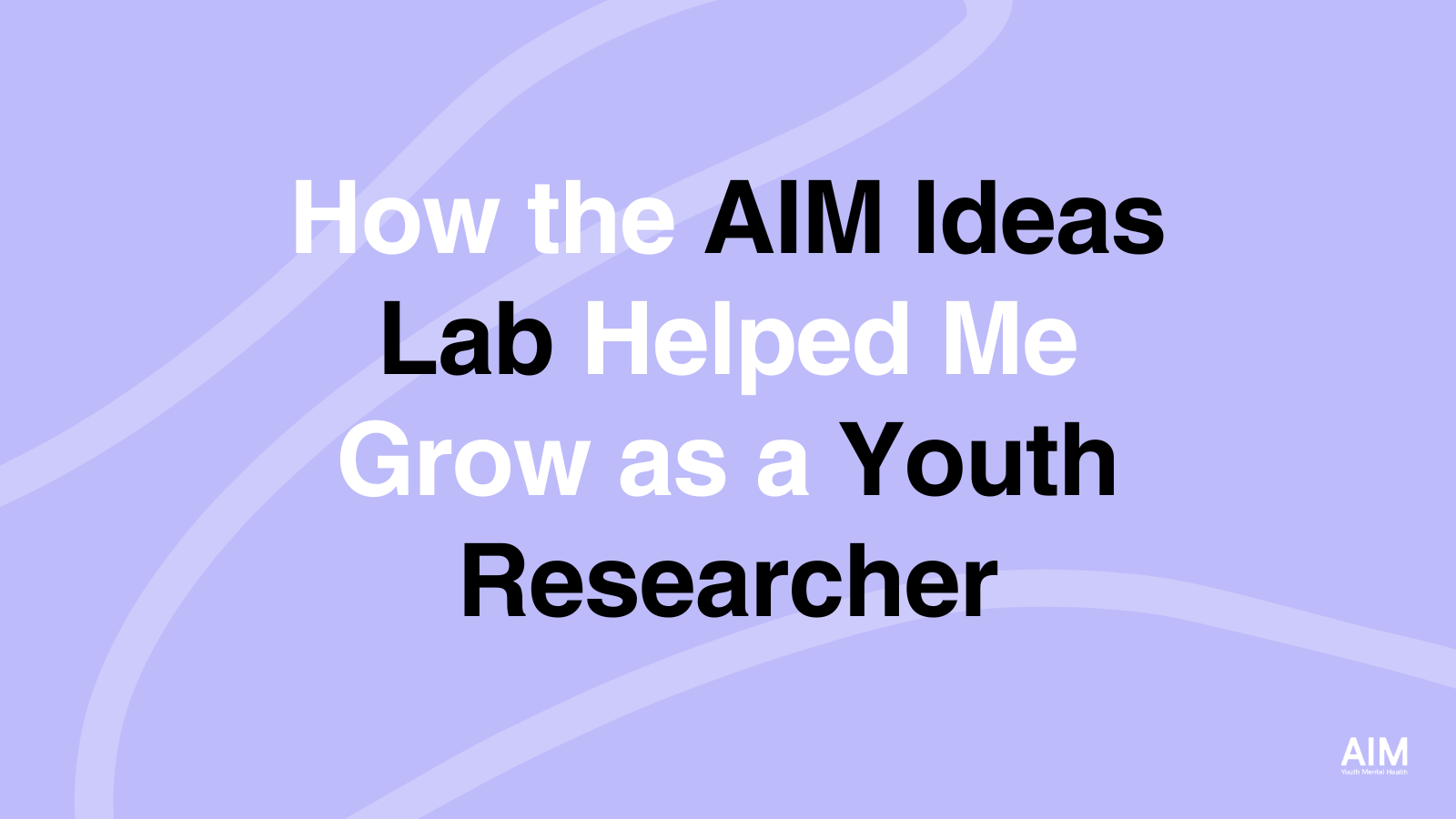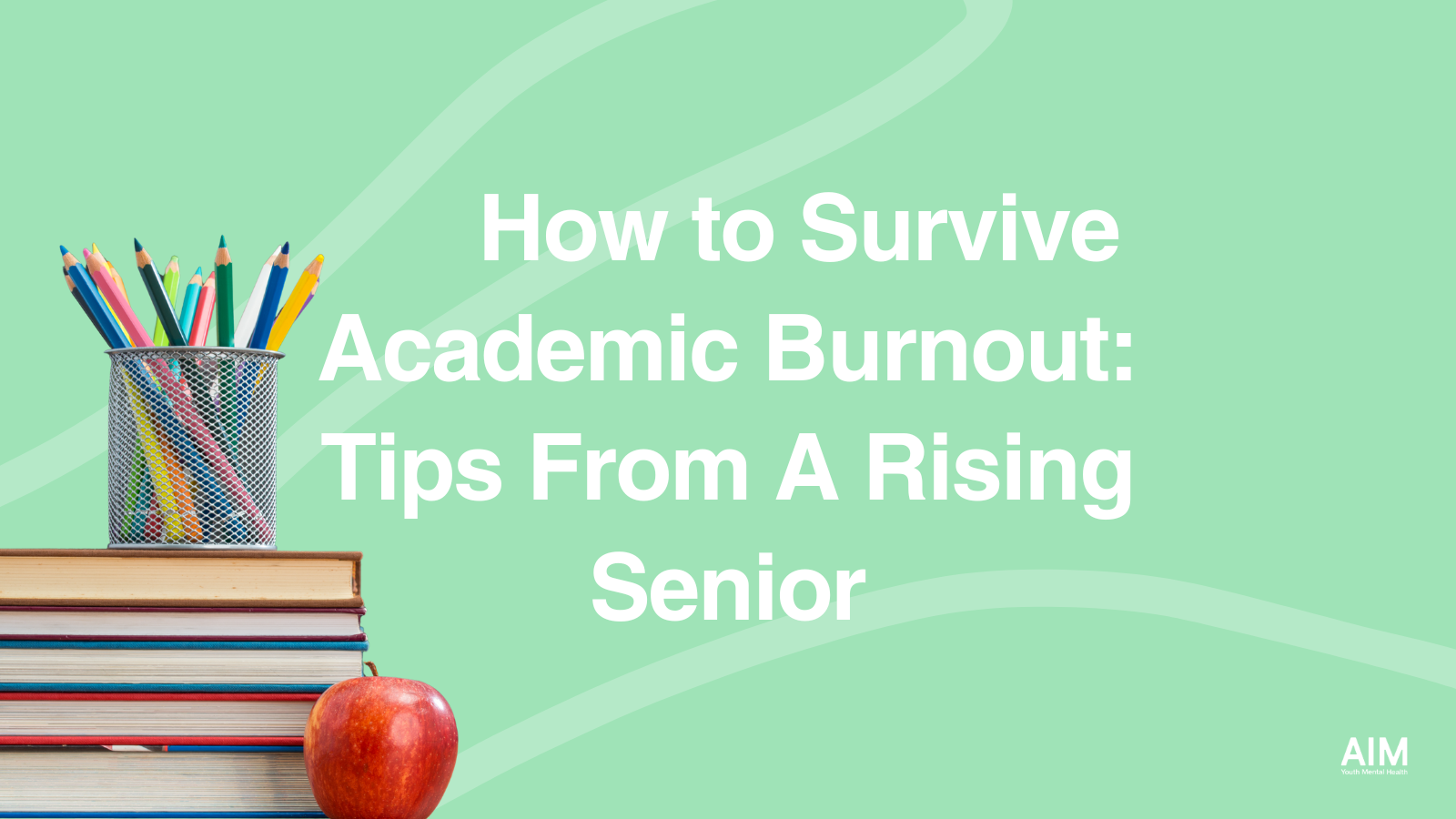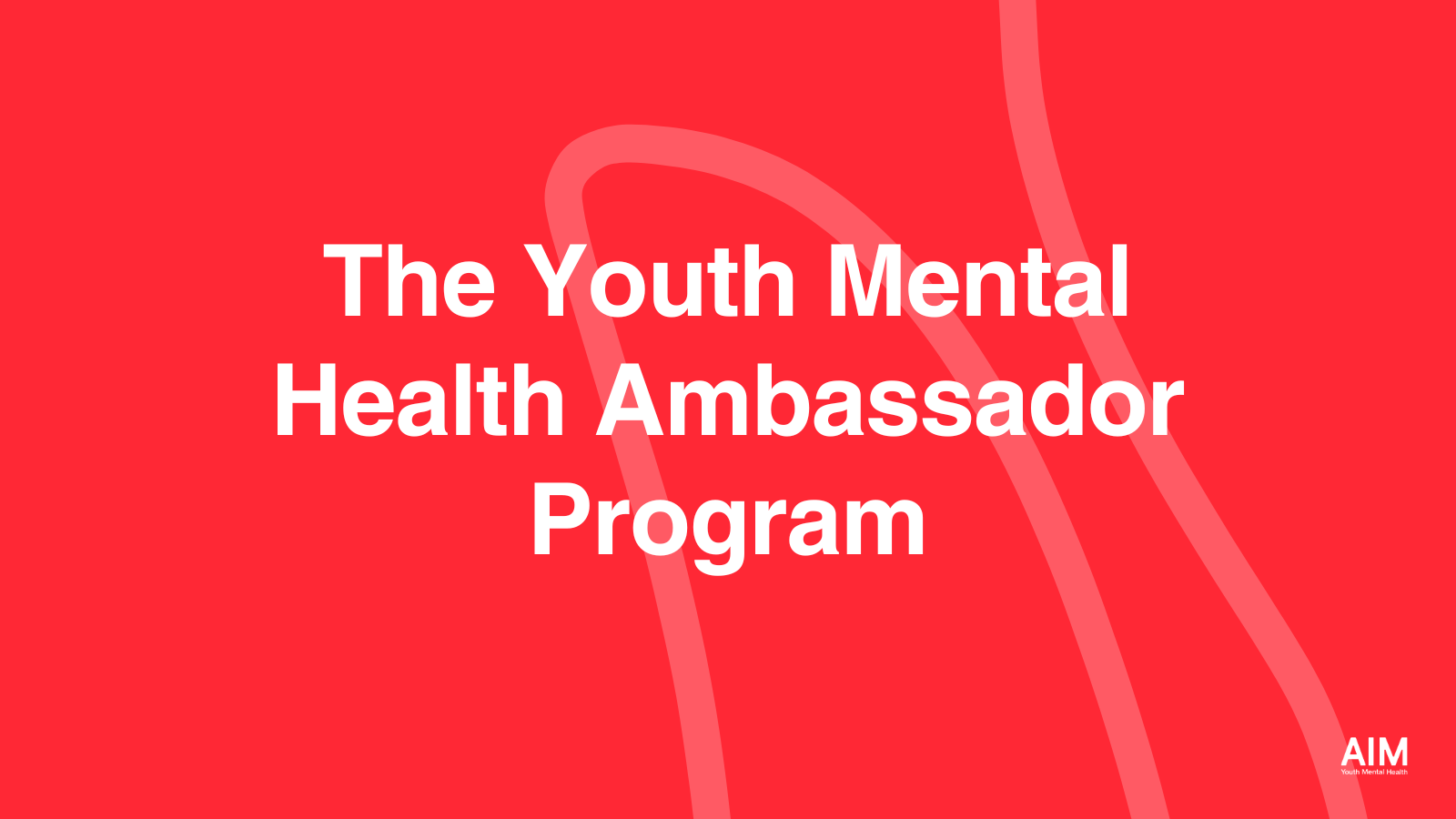The Good
The concept of stress has been ever-present in our lives for quite some time. Stress is not a new term; it has been used in medicine for centuries. Alvin Toffler coined the term Age of Stress in the 80’s. Since then, there has been extensive research on stress and the impact it has on our health.
Stress is the physical or mental response to an external cause, such as having a lot of homework or having an illness. However, not all stress is bad. From an evolutionary standpoint, the stress response improves mental and physical functioning to enable survival. In the modern world, this occurrence is referred to as eustress: “good” stress that yields a benefit. This type of stress is seen as a motivator.
A stressor may be a one-time or short-term occurrence, or it can happen repeatedly over a long period of time. An example of a short-term occurrence is an important test coming up; a stress response might help your body work harder and stay awake longer. But stress becomes a problem when stressors continue without relief or periods of relaxation. The body needs to maintain homeostasis to be healthy and function correctly. Chronic stressors jolt the body out of homeostasis, maintaining a fight or flight mode. This is our body’s way of protecting us and preparing us to confront danger. Experiencing chronic stress without relief can have negative impacts on the body and mind.
The Bad
Adversity or trauma is categorized as a type of stress. From a psychological perspective, trauma occurs when a child experiences an intense event that threatens or causes harm to his or her emotional and physical well-being. Trauma can be the result of exposure to a natural disaster such as a hurricane or to events such as war and terrorism. Witnessing or being the victim of violence, serious injury, or physical or sexual abuse can be traumatic. Accidents or medical procedures can result in trauma, too.
About one of every four children will experience a traumatic event before the age of 16.
Traumatic reactions to an event can include a variety of responses, including intense and ongoing emotional upset, depressive symptoms, anxiety, behavioral changes, difficulties with attention, academic difficulties, nightmares, physical symptoms such as difficulty sleeping and eating, and aches and pains, among others. Children who suffer from traumatic stress often have these types of symptoms when reminded in some way of the traumatic event.
The effects of adversity and trauma in children and how it impacts their physical and mental health is becoming prominent in the research. Many psychiatrists such as John Bowlby, Wilfre Bion, Harry Guntrip, Ronald Fairbarin and Donald Winnicott have explored how our early experiences become prototypes for all our later connections with others, and how our most intimate sense of self is created in our minute-to-minute exchanges with our caregivers.
Early childhood years have the potential to greatly impact a child later on. Real life experiences, stressors and adversity that children experience have an impact on their feelings, thinking and self-regulation.
Lasting Effects
Chronic stress from traumatic events can lead to emotional and mental symptoms like anxiety or irritability, depression, panic attacks, and sadness. In some instances, when two children encounter the same situation, one will develop ongoing difficulties and the other will not. Children are unique individuals, and it’s unwise to make sweeping assumptions about whether they will or will not experience ongoing troubles following a traumatic event. The way that traumatic stress appears and affects their mental health will vary from child to child and will depend on the child’s age and developmental level.
“As we grow up, we gradually learn to take care of ourselves, both physically and emotionally, but we get our first lessons in self-care from the way that we are cared for. Mastering the skill of self-regulation depends to a large degree on how harmonious our early interactions with our caregivers are. Children whose parents are reliable sources of comfort and strength have a lifetime advantage.”
Looking Ahead
Dr. Katie McLaughlin, PhD was the 2015 One Mind Institute/ AIM Rising Star Research Award winner. She shares that “environmental experiences play an enormous role in determining who ends up developing a mental health problem; exposure to stress and adversity are among the most powerful predictors for anxiety and depression as well as a variety of other mental health problems, not only in kids but across all ages.” We know that experiencing stress and adversity in childhood has a powerful impact on children’s mental health. However, the research is missing the how and why.
AIM is proud to fund Dr. Mclaughlin’s research exploring the forefront of understanding why adversity affects mental health and how we can prevent mental health issues from developing at young ages.
By Olivia Schultheis





